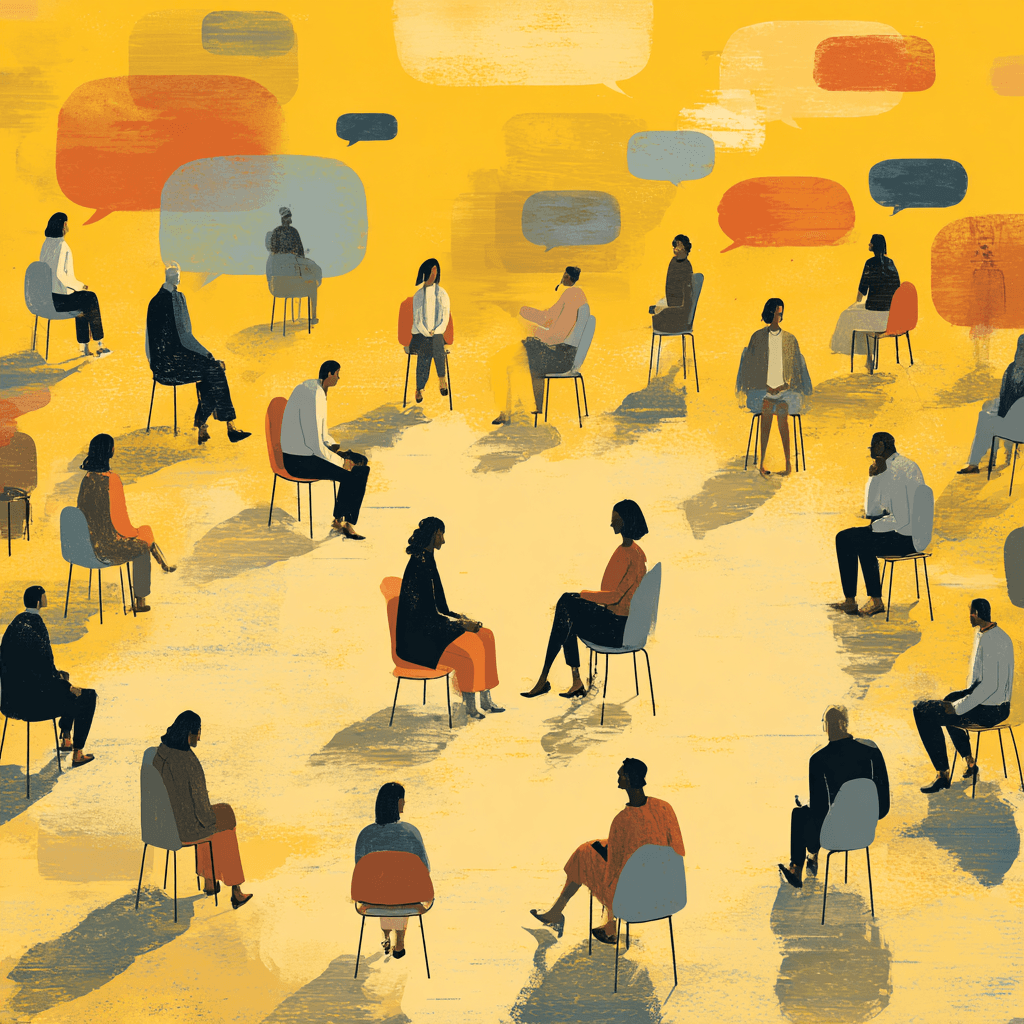Chapter 1: Empathy
In today’s rapidly changing world, success is not just about memorizing facts, meeting quotas, or hitting deadlines—it is about preparing people to think critically, solve real-world problems, and create meaningful change. At the core of this transformation lies one powerful skill: empathy.
Empathy is more than being kind; it is the ability to understand and share the feelings, perspectives, and experiences of others. It allows us to step into someone else’s shoes, see the world through their eyes, and respond with compassion. Whether in a classroom, a company, or a community, empathy drives deeper engagement, stronger motivation, and the kind of innovation that moves people forward.
Empathy Sparks Motivation
When people understand the “why” behind what they are doing, they become more invested in the “how.” Empathy connects tasks to real human experiences, transforming work from routine assignments into meaningful challenges.
In schools, for example, a novel is no longer just a text to analyze—it becomes a window into human struggles that mirror real life. When my 9th graders read Alice Walker’s Everyday Use, one student made a connection that stopped the class: “It’s like how my grandma keeps all our recipes in her head and won’t write ’em down. If she doesn’t show us, it’s not just the food we lose—it’s like we’re losing part of who we are.” In that moment, students weren’t just analyzing a story—they were practicing empathy, stepping into the characters’ struggles and seeing how issues of identity and heritage still shape lives today.
The same is true in the workplace. When teams see the human impact of their work—on customers, communities, or colleagues—motivation deepens, and solutions become more thoughtful.
Empathy Provides Insights into Real-World Issues
Empathy invites us to step outside of our own experiences and confront complexity. Through interviews, research, and storytelling, people begin to see the broader context behind social, environmental, and economic challenges. They learn to design solutions with people in mind, not just problems.
I once worked at a school where they tried to solve the cellphone problem by buying lockable phone pouches. On the very first day, 10–15 were destroyed. One student involved told me, “I would have never bought these. Y’all don’t think like us.” When I pressed him, he explained: “I saw on TikTok how to break the lock, then I ordered a key off Amazon since the company’s name was on the pouch. Now I can charge a dollar to unlock it for everyone else.”
It was a powerful reminder that empathy means pausing to understand how others view the world before implementing solutions. Without empathy, even the best-intentioned fixes can backfire. How often do we slow down to see problems through other people’s eyes before deciding on the solution?
Empathy Teaches Us to Look Beyond Ourselves
In a culture that often emphasizes individual achievement, empathy reminds us that our actions ripple outward. It fosters collaboration, respect, and compassion, helping people become more aware of the needs and perspectives of others. By learning to listen first and act later, we build the emotional intelligence necessary to innovate responsibly—whether in a classroom or a boardroom.
Empathy: The First Step in Innovation
Innovation does not start with brainstorming sessions, new technologies, or sleek prototypes—it begins with understanding people. In design thinking and challenge-based learning, the empathize stage lays the foundation for everything else. Without empathy, innovation risks becoming disconnected. With empathy, solutions are not just clever—they are meaningful.
Building an Empathy-Driven Culture
Strategy | How to Apply It |
|---|---|
Start with stories | Use narratives, case studies, and first-person accounts to humanize issues. |
Encourage active listening | Practice open discussions where people listen without judgment. |
Connect work to real-world challenges | Frame projects around authentic, impactful problems. |
Create opportunities for service | Allow people to apply solutions in ways that benefit others. |
“Innovation is seeing what everybody has seen and thinking what nobody has thought.”
— Albert Szent-Györgyi

Closing Reflection
Empathy is more than a soft skill—it is a catalyst for innovation, a driver of motivation, and the bridge between knowledge and meaningful action. By helping people look beyond themselves and understand others, we prepare not only better students and better workers, but better people. And that’s the real heartbeat of progress—in schools, in businesses, and in communities everywhere.